Survey: How Many Containers are Lost at Sea?
In 2013, the international liner shipping industry carried approximately 120 million containers packed with cargo, with an estimated value of more than $4 trillion. Proper packing, stowage and securing of containers is very important to the safety of a container ship, its cargo and its crew, to shore-based workers and equipment, and to the environment. Even with proper packing of the cargo into the container, proper container weight declaration, and proper stowage and securing aboard ship, a number of factors ranging from severe weather and rough seas to more catastrophic and rare events like ship groundings, structural failures, or collisions can result in containers being lost at sea.
Obtaining an accurate assessment of how many containers actually are lost at sea has been a challenge. There have been widely circulated, but unsupported and grossly inaccurate statements that the industry might lose up to 10,000 containers a year at sea. A number of submissions to the International Maritime Organization (IMO) have included similar numbers without any substantiation.
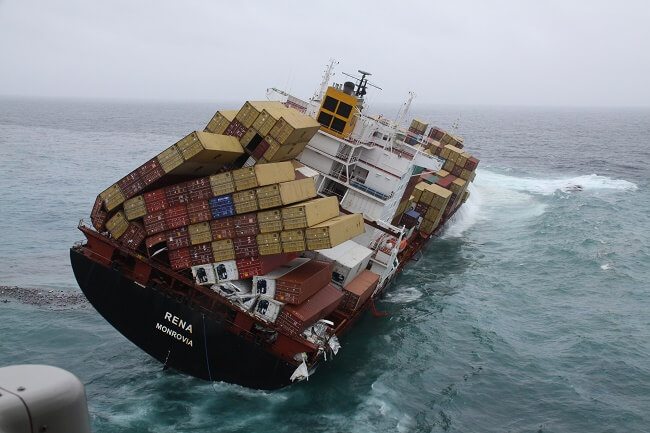
In an effort to gain greater clarity on the issue, in 2011 and again in 2014, the World Shipping Council (WSC) undertook a survey of its member companies to obtain a more accurate estimate of the number of containers lost at sea on an annual basis.
Methodology of the Survey
In the 2011 survey, the WSC member companies were asked to report the number of containers lost overboard for the years 2008, 2009 and 2010. The carriers that responded represented over 70% of the 2011 global container ship capacity. WSC assumed for the purpose of its analysis that the container losses for the 30% of the industry that did not respond to the survey would be roughly the same as the 70% of the industry that responded.2 The total annual figure reported was adjusted upward to provide an estimated loss figure for all carriers, both WSC members and non-members, and arrive at a total industry figure. As one might expect, some carriers lost no containers during the period, while others noted a catastrophic loss, which for the purposes of this analysis was defined as a loss overboard of 50 or more containers in a single incident. Catastrophic losses are rare, but of the total number of containers lost at sea, a significant percentage result from catastrophic events.
Based on the 2011 survey results, the World Shipping Council estimated that on average there were approximately 350 containers lost at sea each year during the 2008-2010 time frame, not counting catastrophic events. When one counted the catastrophic losses, an average annual total loss per year of approximately 675 containers was estimated for this three year period.
In order to expand and update the estimate of containers lost at sea, in 2014, WSC surveyed its members for the years 2011, 2012 and 2013. In the 2014 survey, WSC received reports from carriers representing 86% of the 2014 global container ship capacity. WSC again assumed for purpose of its analysis that the container losses for the remaining 14% of the industry would be roughly the same as the 86% of the industry that responded and again adjusted the total annual figure upward to produce a total estimated loss for all carriers, including member and non-member companies.
The survey of the years 2011, 2012 and 2013 estimates that there were approximately 733 containers lost at sea on average for each of these three years, not counting catastrophic events. When one includes catastrophic losses (as defined above) during these years, the average annual loss for the period was approximately 2,683 containers.
This larger number is due primarily to two factors: the complete loss in 2013 of the MOL Comfort in the Indian Ocean and all of the 4,293 containers on board – the worst containership loss in history; and, in 2011, the grounding and loss of the M/V Rena off New Zealand, which resulted in a loss overboard of roughly 900 containers. These incidents involved complete and total vessel losses.
Analysis of the Survey Results
Combining the results of the two WSC surveys over the six year period from 2008 to 2013, the WSC estimates that there were on average 546 containers lost at sea each year, not counting catastrophic events, and on average a total of 1,679 containers lost at sea each year including catastrophic events.
The data demonstrates that container losses in any particular year can vary quite substantially based on differences in weather and based on the extent to which there may be one or more catastrophic vessel losses. For example, in 2011 (the year of the loss of the M/V Rena) there was a total annual loss of 1,514 containers. In 2012, there was a total loss of 958 containers. In 2013, there was a total loss of 5,578 containers – 77% of which occurred with the sinking of the MOL Comfort in the Indian Ocean.
Active Safety Improvement Initiatives
While containers lost overboard represent a very small fraction of the roughly 120 million container loads shipped each year, the industry has been actively supporting a number of efforts to enhance container safety that should help reduce the number of containers lost at sea, including:
- Amendments to the Safety of Life at Sea (SOLAS) Convention: The IMO has before it amendments to the SOLAS Convention that will require container weight verification as a condition for vessel loading and will consider these amendments for adoption in November 2014. Misdeclared container weights have contributed to the loss of containers at sea, as well as to other safety and operational problems. For more information about this initiative, visit: https://www.worldshipping.org/industry-issues/safety/containers
- New Code of Practice for Packing of Cargo Transport Units (CTU): The IMO, the International Labour Organization (ILO), and the United Nations Economic Commission for Europe (UNECE), with industry support, have produced a new code of practice for the packing of CTU, including containers, outlining specific procedures and techniques to improve safety, such as how to ensure equal distribution of weight inside the container, proper positioning, blocking and bracing according to the type of cargo, and other safety considerations. The new code has been approved by the IMO and the UNECE and is expected to receive final approval by the ILO in November 2014. For more information about this and other initiatives related to the improved safety of handling containers, visit: https://www.worldshipping.org/industry-issues/safety/containers
- Revised ISO standards for container lashing equipment and corner castings: As part of its efforts to enhance container safety, the IMO has requested the International Organization for Standardization (ISO) review and revise its standards regarding lashing equipment and corner castings. The ISO is working on these issues with the industry’s active participation. For more information about this initiative visit: https://www.worldshipping.org/industry-issues/safety/containers
Any loss of a container at sea is a loss that carriers seek to prevent. While the actual number of containers lost at sea is significantly less than many public statements cite, the industry’s goal continues to be to reduce those losses to as close to zero as possible.
Reference: worldshipping.org
Disclaimer :
The information contained in this website is for general information purposes only. While we endeavour to keep the information up to date and correct, we make no representations or warranties of any kind, express or implied, about the completeness, accuracy, reliability, suitability or availability with respect to the website or the information, products, services, or related graphics contained on the website for any purpose. Any reliance you place on such information is therefore strictly at your own risk.
In no event will we be liable for any loss or damage including without limitation, indirect or consequential loss or damage, or any loss or damage whatsoever arising from loss of data or profits arising out of, or in connection with, the use of this website.
Disclaimer :
The information contained in this website is for general information purposes only. While we endeavour to keep the information up to date and correct, we make no representations or warranties of any kind, express or implied, about the completeness, accuracy, reliability, suitability or availability with respect to the website or the information, products, services, or related graphics contained on the website for any purpose. Any reliance you place on such information is therefore strictly at your own risk.
About Author
Marine Insight News Network is a premier source for up-to-date, comprehensive, and insightful coverage of the maritime industry. Dedicated to offering the latest news, trends, and analyses in shipping, marine technology, regulations, and global maritime affairs, Marine Insight News Network prides itself on delivering accurate, engaging, and relevant information.

About Author
Marine Insight News Network is a premier source for up-to-date, comprehensive, and insightful coverage of the maritime industry. Dedicated to offering the latest news, trends, and analyses in shipping, marine technology, regulations, and global maritime affairs, Marine Insight News Network prides itself on delivering accurate, engaging, and relevant information.
Do you have info to share with us ? Suggest a correction
- U.S Navy Fired $1 billion In Missiles To Counter Iran & Houthis In Middle East, Says Navy Secretary
- U.S Navy Warships Fire SM-3 Missiles For the First Time To Shoot Down Iranian Missiles
- Greece Becomes 1st European Nation To Ban Bottom Trawling In Marine Parks & Protected Areas
- Panama Canal Authority Increases Ship Booking Slots & Maximum Allowable Draft As Water Levels Improve
- World’s Largest Car Carriers Set to Be Powered By MAN ES Propulsion Package
- Howden Offers War Risk Cargo Insurance Covering Red Sea Ships Against Drone & Missile Attacks
Latest Shipping News Articles You Would Like:
Subscribe To Our Newsletters
By subscribing, you agree to our Privacy Policy and may receive occasional deal communications; you can unsubscribe anytime.
Web Stories





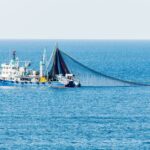




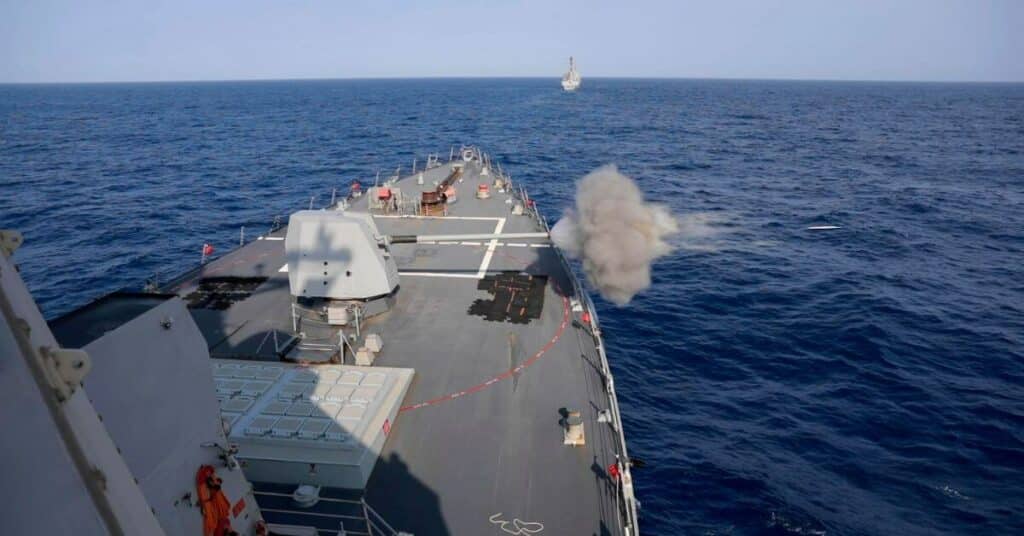
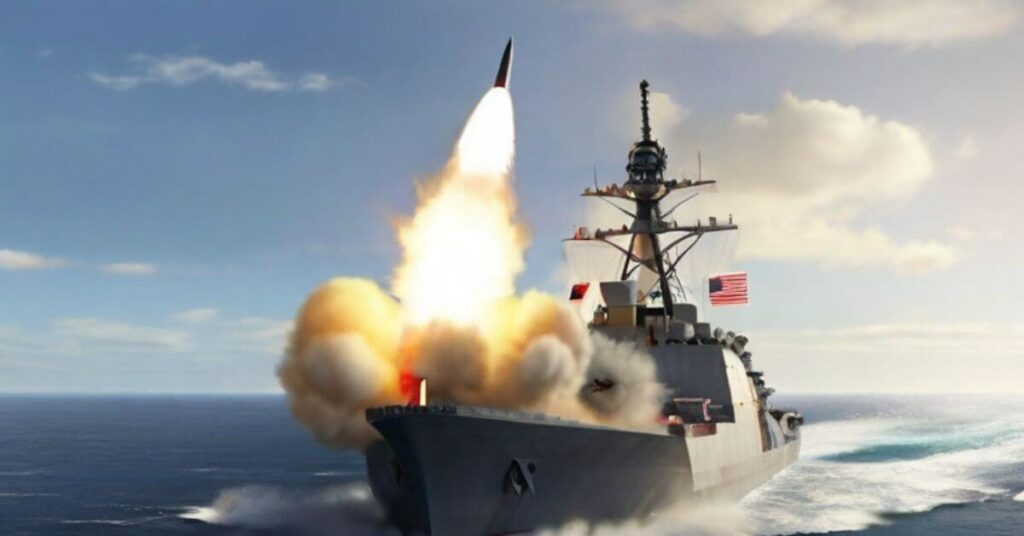
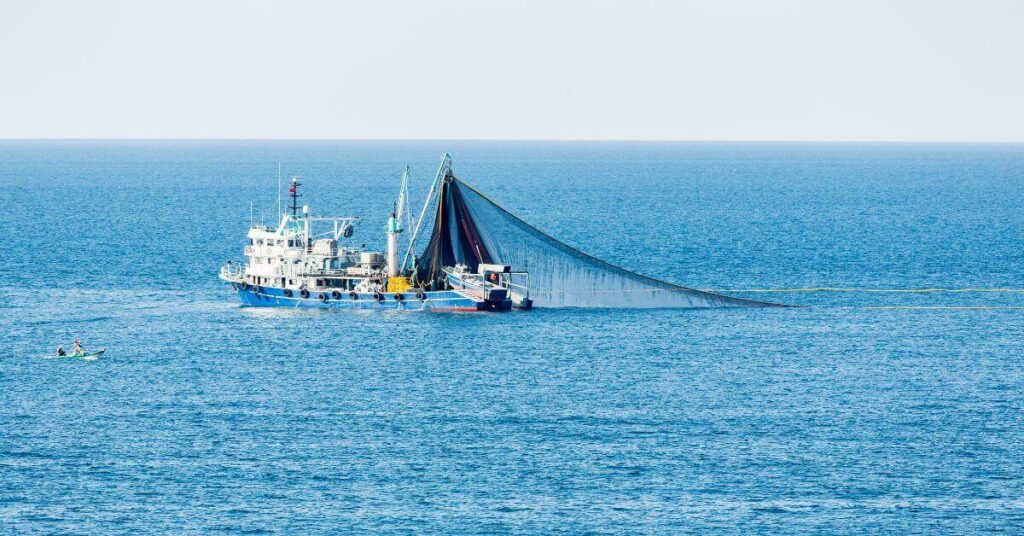
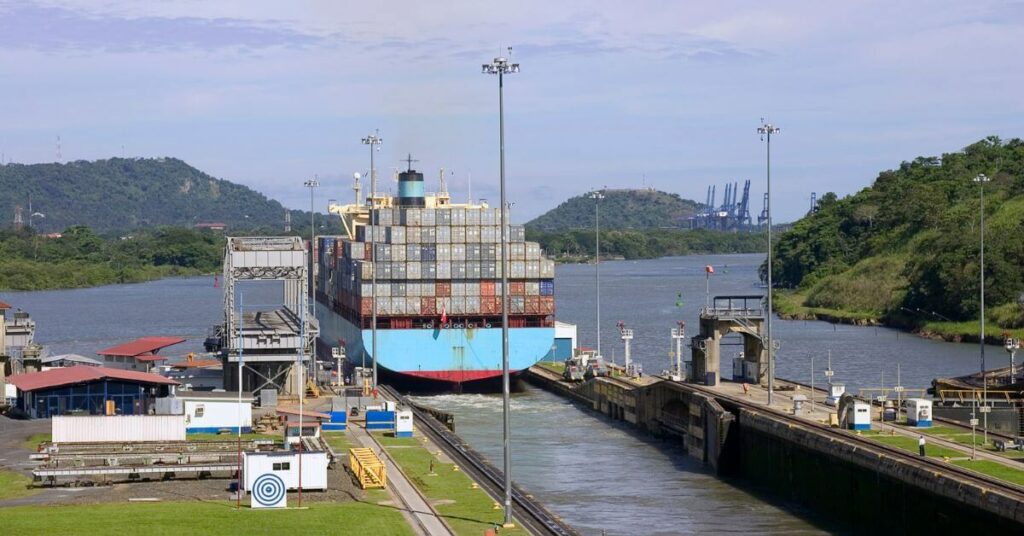
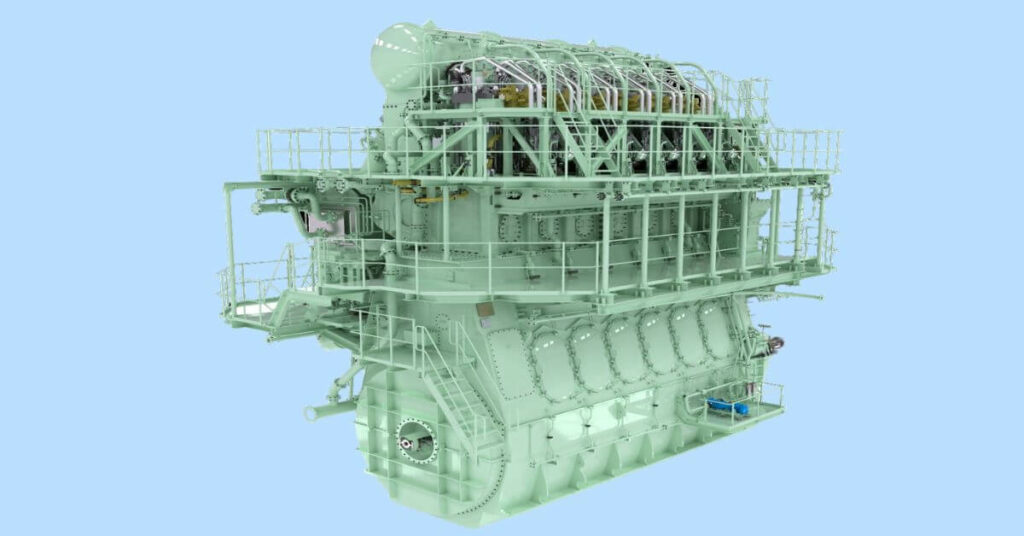
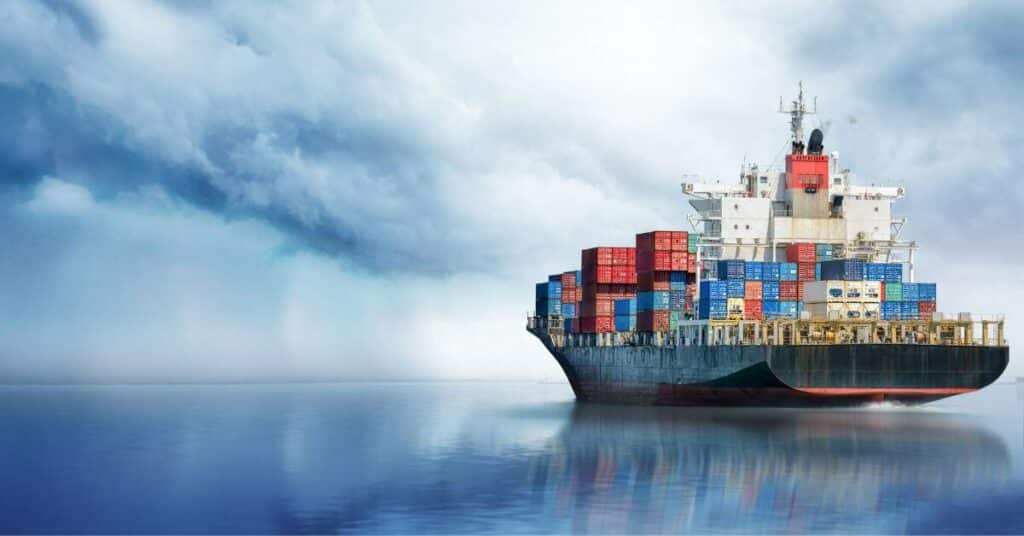





It would be an interesting study to find out among the percentage of lost containers, what was actually “lost or misplaced” due to organized criminal activity?
Just a thought worth considering.
Mark Smith
Probably most of them.
Very interesting!